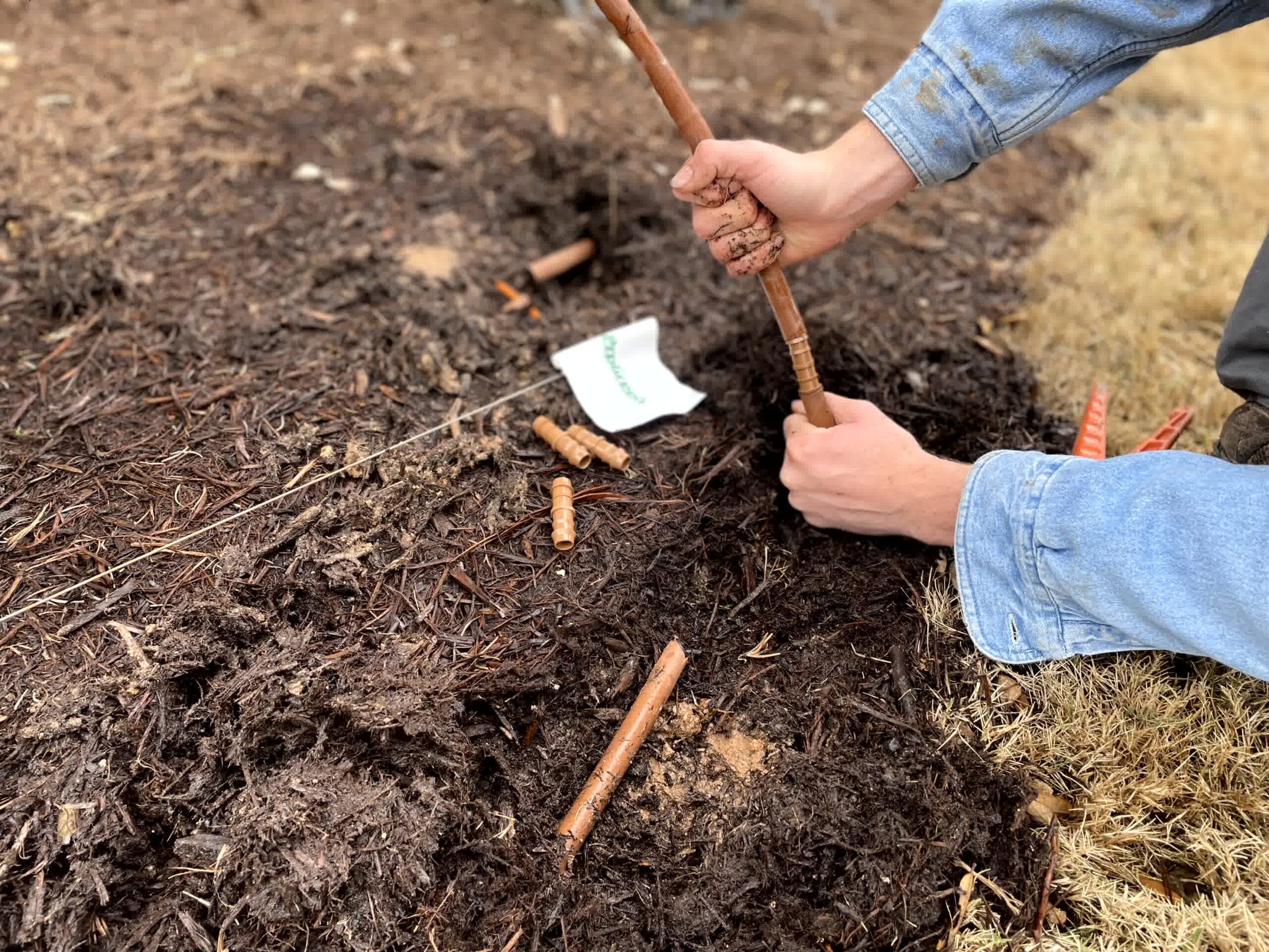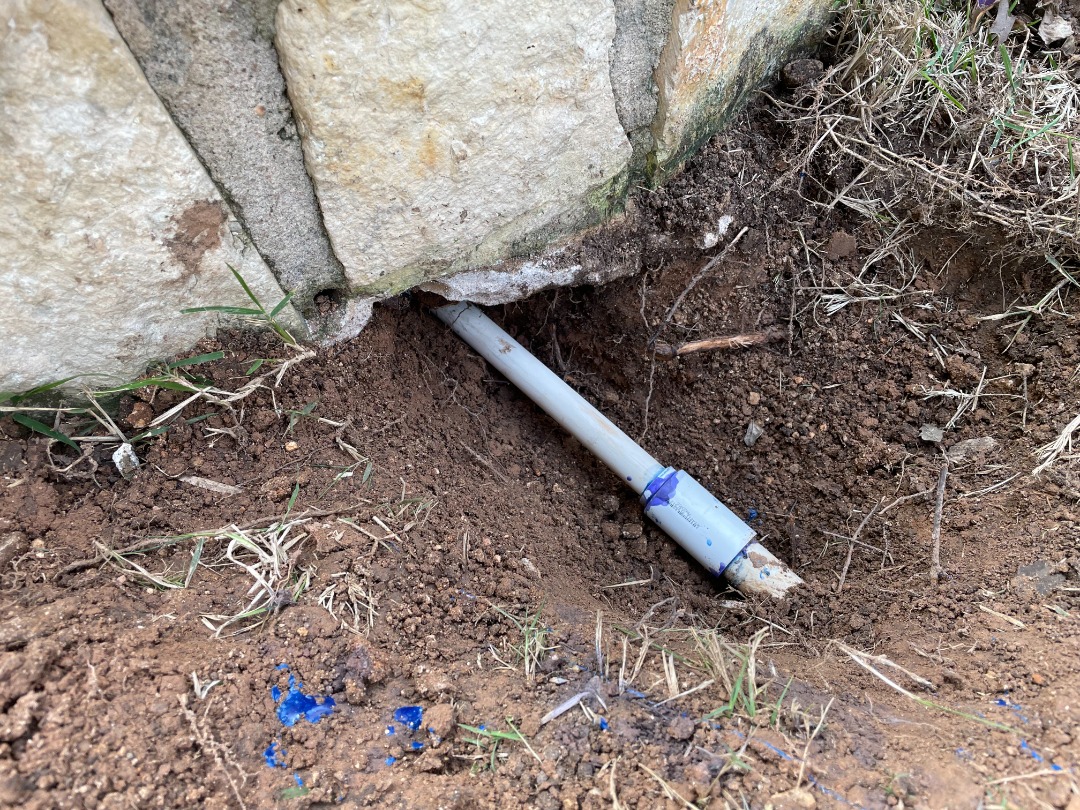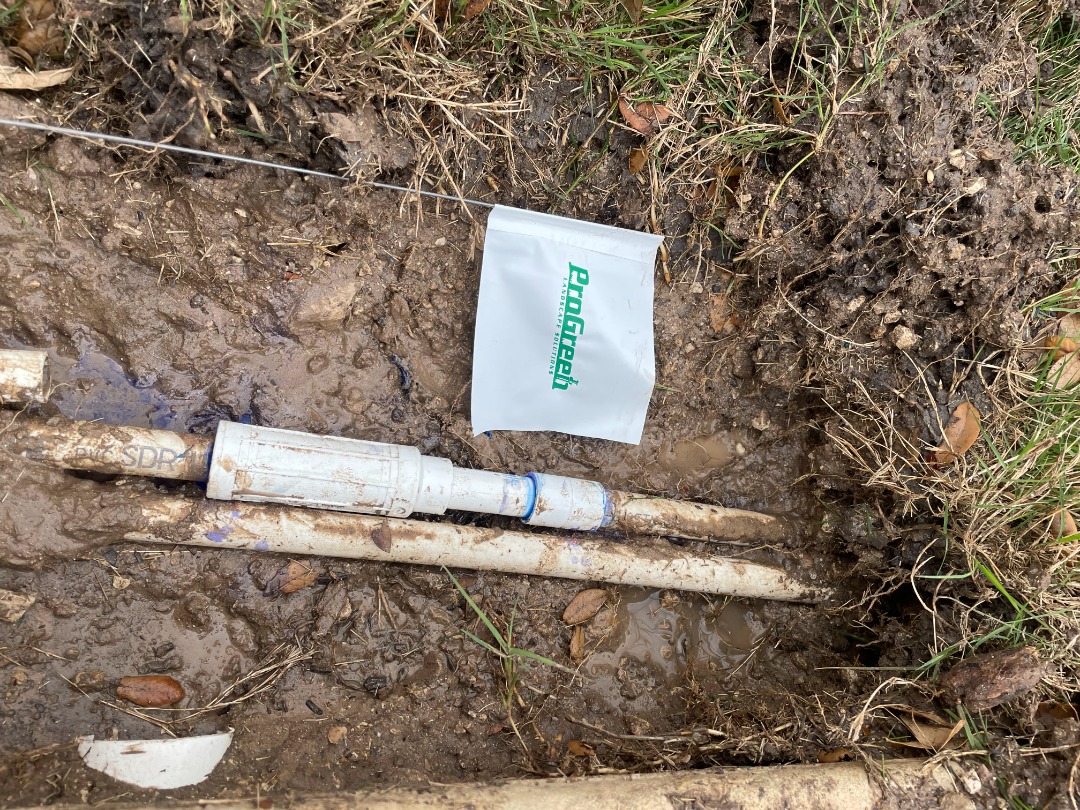Achieve Smart Irrigation & Efficient Watering In Austin TX
Introduction: September in Austin TX, brings kinder mornings, a few welcome showers, and a chance to reset irrigation before fall truly settles in. When watering is planned alongside landscape design, plants look happier and water bills calm down. This guide keeps things realistic, so homeowners can tune systems without turning it into a full-time job.
Irrigation For Thoughtful Landscape Design That Works With Your Yard
Mapping Zones Around Plant Needs And Sun Patterns
Good irrigation starts on paper, or at least with a quiet walk around the yard. Group thirsty plants together and keep tough, drought-leaning varieties in their own zones so the timing fits each group rather than forcing a one-size schedule. Sun changes everything. West-facing beds in Austin TX usually bake late in the day, while oak shade cools the soil and slows evaporation. When zones follow those differences, watering feels less like a gamble and more like a steady routine.
Soil plays its part too. Many neighborhoods sit on thin topsoil over limestone, while others carry pockets of heavy clay that hold water longer than expected. That mix affects how long a cycle should run and how often it should repeat. A smart layout puts turf on rotors or high-efficiency sprays, beds on drip, and containers on micro emitters. The landscape design reads cleaner, and the irrigation plan follows the logic of the space, not the other way around.
Smart Controllers, Sensors, And Schedules That Fit Real Life
Modern controllers do the heavy lifting when they are given honest inputs. Set plant type, sun exposure, soil texture, and slope for each zone, then let weather-based adjustments trim or stretch run times. A simple rain sensor shuts systems down during showers, and a soil moisture sensor can prevent those awkward puddles that appear right before guests arrive. These are small tools that make the whole system feel calmer and more responsive.
September is a great month to revisit schedules. Nights cool off in Austin TX, which means evaporation slows and run times can usually step down. Cycle and soak works beautifully on slopes and clay, splitting longer watering into shorter pulses that sink in instead of sliding off. None of it needs to be perfect. A few tweaks, a quick yard check the next morning, and adjustments to the settings can be made again until the plants look satiated.

Irrigation Installation Details That Matter In Austin TX
Mainlines, Valves, And Heads Placed For Even Coverage
A tidy install begins underground. Mainlines should be deep enough to stay out of harm’s way and protected from heat where possible. Valve boxes set level with clean rock beneath make service simple later, and pressure regulation keeps mismatched zones from fighting each other. At the surface, head placement is where even coverage actually happens. Heads should spray head-to-head, which means each arc reaches the next head’s location, so the middle gets the same love as the edges.
Mismatched parts are a quiet source of waste. Mixing nozzles that apply water at different rates makes some patches squishy while others stay hungry. Sticking with matched precipitation nozzles balances the delivery. Around pathways and patios, consider low-angle patterns to keep water on the green and off the hardscape. It looks neater, it saves water, and it avoids that slippery morning film that shows up after an overnight run.
Drip And Micro Irrigation That Complement Landscape Design
Beds love drip because it delivers water right to the root zone. The inline dripline, with consistent emitter spacing, tucks under mulch and disappears, feeding shrubs and perennials without splashing leaves. A quick flush valve at the end of each line makes maintenance painless, and a simple filter at the valve protects emitters from the grit that rides along Austin TX water supplies. When beds are planted densely, a grid of dripline keeps moisture even, which cuts down on stress and leaf scorch.
Micro emitters and adjustable drippers are handy for containers and feature plants that deserve a little extra care. Tying these micro zones back to the main controller keeps the routine unified instead of scattered among timers that are easy to forget. The best part is how clean it all looks. The landscape design stays front and center, while irrigation does its work quietly in the background. Less mess, less evap, better growth.

Irrigation Care, Costs, And Easy Wins As Fall Approaches
Seasonal Adjustments, Quick Checks, And Simple Fixes
A short audit every season saves headaches later. Watch each zone run and look for fogging sprays that hint at high pressure, heads that stick, and nozzles clogged with mineral grit. Rotors that no longer reverse can flood one side of a lawn while starving the other. These are small fixes, often just a cleaning or a quick replacement, yet the difference shows up immediately in plant health and on the water bill.
Filters in drip zones deserve a look this month, too. A clean screen keeps emitters flowing and prevents those odd dry rings that appear in otherwise healthy beds. Take a minute to check the controller’s date and seasonal adjustments, then confirm the rain sensor still pauses cycles after a shower. Nothing here is complicated. It is ten minutes of attention that keeps the system predictable and prevents the creep of waste that tends to sneak in over time.
Budget Planning, Water Bills, And Upgrades That Pay Back
Irrigation expenses stretch farther when upgrades are timed with other yard work. If a section of turf is being refreshed, swap in inhigh-efficiencyy nozzles while the area is already open. If a bed is being replanted, lay new dripline before the mulch goes down so coverage is set for the new layout. Many homeowners in Austin TX, also find that a pressure-regulating master valve and a good flow sensor pay for themselves by catching leaks fast, often before anyone notices a spike in the bill.
It also helps to think in phases. Start with the controller and a rain sensor, then move to nozzles and drip retrofits, and finally tackle pressure regulation if needed. The changes are incremental, and the results add up. The end goal is simple. Plants that look settled, a schedule that stops feeling mysterious, and a system that uses water like the scarce resource it is. That is the kind of everyday relief worth planning for.

Conclusion
When irrigation follows the layout of the yard and the climate in Austin TX, everything feels easier. Zones reflect real plant needs, schedules flex with the weather, and the landscape design stays the hero while watering takes a backseat. If it is time to install, tune up, or just get a clear plan that fits a busy week, Progreen Landscape Solutions can map the details, set honest expectations, and handle the heavy lifting. Contact us to start a conversation and turn watering into one of the easiest parts of caring for your yard.
SERVICE AREAS

"*" indicates required fields
Contact Your Local Experts
Pro Green Landscape Solutions is currently accepting new clients! If you're seeking excellence, you're in the right place. We want to understand your needs, so when reaching out, please include detailed information to ensure we can assist you promptly. Don't forget to mention a preferred contact time that suits you best.
Thank you for considering us. We eagerly await the opportunity to serve you and to make a positive impact.

"*" indicates required fields

